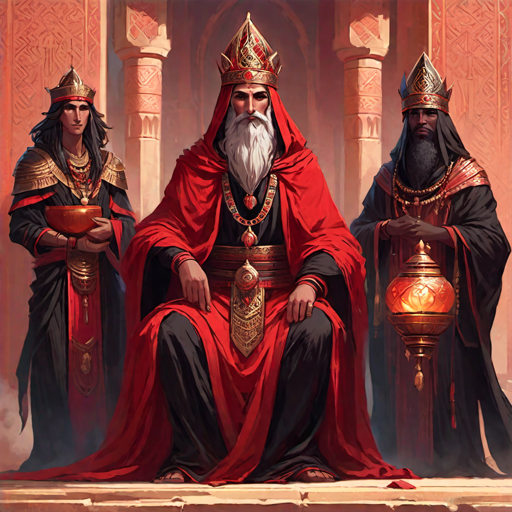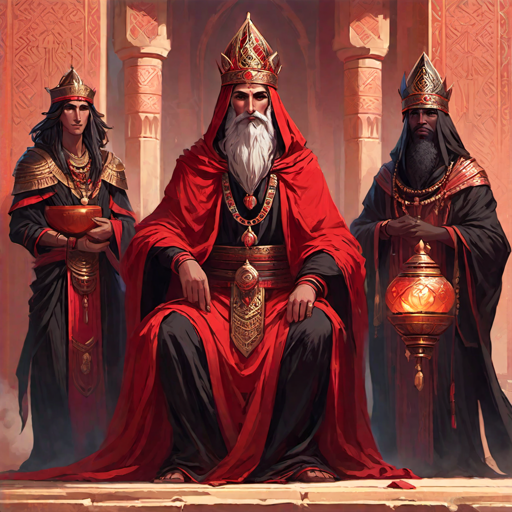You must be logged in to view this content.
Related Posts

Rituals and Practices of Lilianism
May 1, 2024

Cosmology of Lilianism
March 27, 2024

The Lilim Magi caste system
March 24, 2024

